-
Posts
1,725 -
Joined
-
Last visited
-
Days Won
50
Content Type
Profiles
Forums
Events
Posts posted by Syzygies
-
-
-
6 hours ago, Wingman505 said:
He's reading my mind. I have a meat slicer, but it's this chincy, slow blade PoS.
 I also have a couple of Foodsaver vacuum sealers that have served their purpose well. I definitely want an upgrade for both. I just have to convince @Christinelynn because she hates things on her counters, and the mechanical envelope of both units would be even bigger than what we've got now.
I also have a couple of Foodsaver vacuum sealers that have served their purpose well. I definitely want an upgrade for both. I just have to convince @Christinelynn because she hates things on her counters, and the mechanical envelope of both units would be even bigger than what we've got now.
Nothing comes close to a chamber vacuum sealer. Though were I doing it again I'd get an oil pump model, despite the higher routine maintenance and the increased weight.
We keep ours in a middle shed, renovated to more "room" than "garage" status. The one issue is that these things don't work well cold; the chamber doesn't reach as full a vacuum.
When I bought my first argon tank for preserving wine, the guy at AirGas politely called me an idiot seven times for not going to double the size tank. The costs were all the same. I kept explaining that it wasn't the money, I wanted to stay married. Then the tank ended up outside, near the chamber machine. When the tank ran out after a few years, I upgraded to the larger size.
-
 2
2
-
 1
1
-
 2
2
-
-
40 minutes ago, jonj said:
+1 on PBW.
I have a good electric power washer, that I bought for maintaining an IPE deck. It revolutionizes BBQ grate cleanup. There's a bit of setup and teardown, but I'm outside puttering, I don't even notice. What I don't like is getting my hands greasy while scrubbing haphazardly at nooks and crannies, to poor effect. The power washer gets it done, better than I ever could by hand.
We gave away our rotisserie long ago because it wasn't worth the cleanup. I'd consider one now.
-
 2
2
-
-
26 minutes ago, qundoy said:
Unit 610, Levi Blue, cranking out great food for friends and family.
I bought 592 in September, 2009. Of course, they enter and leave the warehouse at random.
-
55 minutes ago, Paul said:
I think Dennis L. has the oldest KK
When I Photoshop, I try to Photoshop with a wink. I guess I've stared at too many cold war photos with a shadow going the wrong way. Laurie thinks my Photoshop was too subtle.
I very nearly bought one of the first Dennis KKs. I didn't understand the very interesting lineage, and misread them as copies. One can actually listen to Manfred Mann's Mighty Quinn. Dylan's original is wretched. Nevertheless, I think of the original as single malt scotch, the copy as Dewars.
Boy did I get this wrong, but I made this right later.
-
 2
2
-
-
More on the "Men cook with fire" gender stereotype: I used to have a beach house share on Kismet, Fire Island. Each town is known for its excesses, and one can question my motives for needing to reveal the town. Cherry Grove had the best partying, and all were welcome as long as they weren't too insecure in clutching an opposite-sex partner's hand. Passion consumes everything on Fire Island. The best club alas burned down. This story is about fire.
One Fall night I found myself alone in the house with a prominent motivational speaker; she traveled too much to make it out to the house much, but was finally free. A strong personality would be understating the situation. It was cold, we needed a fire. I assumed a bit too much control, setting the fire. It wasn't that I didn't believe women could light a fire as well as me. I didn't believe anyone could light a fire as well as me.
Rather than protesting directly, she proceeded to describe the importance of fire in pottery. How in Japanese lore, a potter struggled for years to replicate a glaze desired by the emperor. He finally gave up, and threw himself into the fire. Oxygen restriction is now recognized as an important technique in developing glazes. As the story goes, the pots he died for came out exactly as he sought.
Huh. I guess women do understand something about fire.
I relayed this story to a Chinese scholar. She promptly corrected me that the original legend was from China. Of course.
-
 4
4
-
 1
1
-
-
"Men cook with fire" gender stereotypes aside, women are a key presence here on this forum. The partner debate can go either way. I had to work on Laurie to get our first off-brand "Richard" K, which fell apart. Dekes can work. I had Laurie believing that I wanted to build a wood-fired pizza oven in the middle of our lawn. After a few years of kamado outdoor cooking, it was Laurie's idea to upgrade to a KK.
We were both thrilled to speak with Dennis. I projected bonding with a kindred spirit who exemplifies OCD as a life force, a positive expression of the species. What else could explain the beauty of a KK?
What did Laurie project? Um, err, um, let's just say Dennis has a gift best left unexplored. I was so happy to get the KK, I just watched Laurie's reaction with amusement.
-
 5
5
-
-
15 hours ago, tekobo said:
Ha. My misplaced anxiety is about using yeast. I feel like I would be straying from developing my sourdough craft.
At one point I learned the classification of Parisian bread types. At one extreme there's the white flour, yeast-raised baguette that one really should snack on during the walk home, for it will already be stale on arrival. At the other extreme are higher extraction breads featuring rye and natural leavening, and they have the longest shelf life, even in the same form factor as a baguette.
There's a similar continuum of sourdough effects. In San Francisco one expects sourdough to be sour. Not the Kaffir lime juice the Thais would use to clean engine parts, but sour. The French consider that a failing, mishandled sourdough. Sourdough should impart a more complex flavor, but by managing hydration and timing it need only be somewhat sour. Like smoke or breasts; if one is insecure about misidentifying objects of lust on the search for good BBQ, one wants obvious confirmation. The French are more subtle.
I find that with some rye and some sourdough levain, my breads keep longer, even if I also add a bit of yeast. And the yeast offers insurance.
-
 3
3
-
-
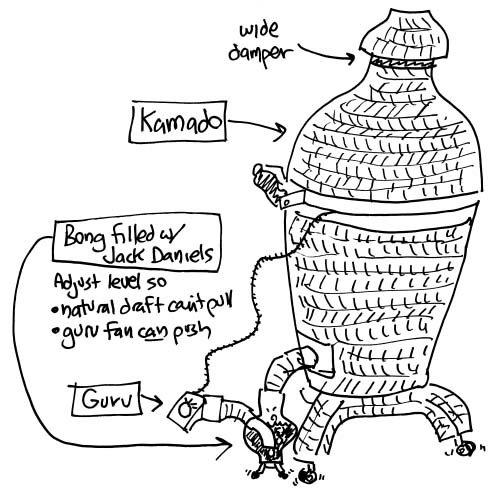
This was a lot harder back in the day (my first, off-brand, Kamado, that shed its tiles then disintegrated in less time than I've owned my still-young KK).
-
 1
1
-
 4
4
-
 1
1
-
-
6 hours ago, Basher said:
But what going on with that girl on the packet? Doesn’t look like she’s selling grain!


This is their branding, consistent across the product line. I told you Steve Sando was charismatic. Have you seen our "Forged by the Gods" model?
-
 1
1
-
 1
1
-
-
On 2/26/2020 at 10:05 AM, Pequod said:
Yountville, CA. It’s a legendary Thomas Keller restaurant with a prix fixe menu. Be ready to drop at least $100 per person...and that’s just the first course. 😲
On 2/27/2020 at 7:58 AM, jonj said:We tried to get a reservation there a few years ago and the reservation list then was greater than six months out. Which didn't mean you actually could get a reservation in six months. It meant you could call and attempt to obtain a reservation sometime beyond six months in the future.
Haven't eaten there, but I was the "dumb end of the board" helping my woodworker neighbor install a fancy shed for extra storage, before their remodel. Thomas Keller pays attention to detail, I got to meet him twice. I mentioned using his sous vide cookbook, and he didn't look surprised at all. He later asked about the roof color, and I suggested no, it should match on Google Earth. That elicited a bit of surprise.
The veggies being dropped off were mind-boggling.
Our favorite sous vide vegetable is also potatoes. I've sold friends on sous vide this way, that feel they have meat otherwise mastered: Peel and quarter (or to size) potatoes, vacuum pack, and cook sous vide at 185 F or above (this is the threshold for most vegetables to actually cook) for one to two hours (to taste, revisit this on subsequent trials). Chill the packs completely, ideally overnight, or in ice water if in a hurry. A few hours before cooking, open the packs and spread out the potatoes on a cooling rack, with a fan blowing on them, to dry off as much surface moisture as possible. (A brief time in a dehydrator would also work, but that's more cleanup.) To serve, fry hard in ghee, with salt and pepper to taste, till they pick up lots of color and cook completely through.
Twice-cooked starch is transcendent. That's the whole idea behind french fries done right. This is a riff on that.
Thomas Keller discourages sous vide for most vegetables. I don't make complete dishes from his first cookbook, The French Laundry, but there are some amazing techniques in there. For example, cooking lobster just long enough to remove and reserve the meat, then using the shells for stock, then gently cooking the meat in mostly butter, some water (which translates well to sous vide). I've used this to top a gumbo to die for. His favorite vegetable technique is "big pot boiling". I mean big, like a 16 quart pot. (There is online debate on how big is necessary. Diminishing returns, of course, but people are revealing that they can't tell the difference, not that you can't. It's not easy to cook beyond one's perceptions; I'm convinced Keller is a super-taster.) Nearly fill with water salted to sea water (decide to taste), bring to hard boil, and plunge vegetables to cook exactly to taste. Plunge next into ice water to arrest cooking. This preserves flavor and color, which matters at his prices. If you save tomato harvests as we do by skinning, partially dehydrating with salt till "gooshy", and freezing, then adding those tomatoes to Blue Lake green beans cooked big pot boiling and dressed with your favorite vinaigrette makes the best green bean salad I've ever made. I've brought this as a vegetable side to Thanksgiving by very serious cooks; this is the only "pot luck" veggie course I know that can break through the cacophony of other dishes.
-
 3
3
-
-
5 hours ago, tekobo said:
@Syzygies what do you call farro? At first I was reluctant to buy yet another grain and then, when I asked at my local whole food shop, they had no idea what farro was and had to look it up. From what I have read spelt, einkorn and emmer are all sometimes called farro. The good news is I won't have to buy any different grains but it would be helpful to know if you Americans have a different/specific meaning when you say farro.
As it happens I managed to join the Rancho Gordo bean club when it was taking members a few years ago. For those elsewhere, Rancho Gordo is the premier source of heirloom beans in the US, grown domestically and imported from Mexico. They've been slammed since the pandemic; everyone who isn't baking bread wants to cook beans. Club members get six surprise pounds of beans every quarter, plus a few bonus items such as the above Farro Grande. That's what I've been using recently.
Their facebook forum had a debate today on Farro / Spelt, exactly your question. The article About Farro on the Anson Mills site is taken to be authoritative. Anson Mills is a similarly premier source of artisan grains, without as fervent a fan base only because it lacks a visible charismatic leader like Rancho Gordo's Steve Sando or our Dennis. And one cannot name-check sources of this caliber without calling out Masienda, where I get many varieties of Oaxacan corn to make nixtamal to grind into masa for tortillas, and The Mala Market, whose ingredients elevate Sichuan cooking to transcendent heights.
Truth be told, I'll grind anything. I've noticed that what's called farro from an Italian source in the US looks different and tastes better than what's labeled spelt in a health food store bin. Spelt brings back bad memories of eating hippie bread in the 70's. But the grains are related. And I've used emmer and einkorn in my bread "guest slot", whatever I bought recently in a small bag at a farmers market, whatever looks good.
-
 1
1
-
 1
1
-
-
COVID has cost me all of my personal integrity. Stand mixer, loaf pan, no steam. At least we still grind our flour. I even ordered an upgraded loaf pan with straight sides, the Vollrath 4V.
We've storing more grain than ever before, but working through it feeding sourdough starter, making bread twice a week, fresh pasta and other baking.
For this loaf I swapped in Guiness stout for water, cooking it down as I cooked the potatoes, then topping back up to the target weight. We like this recipe, a lot.
-
 1
1
-
-
-
Farmers market kale on polenta. When we're vegetarian we don't realize it till we're eating.
I wanted to try making the polenta in the Vermicular Musui Kamado ("Indoor K") but Laurie likes to make it her way. And we had a deadline to get dinner on the table (Laurie had a Zoom tai chi class; we weren't going anywhere!). So I got the kale braising, then played with my Solo Stove to roast the peppers, then made an onion/pepper soffritto in the indoor K to mix into the braised kale. Got to play with all of my recent toys. Handy having three front burners. My brother has end-of-life care instructions that no one is to feed him if he can't raise a fork to his mouth himself. I'd been thinking to amend mine about "if I can't cook for myself" to include something about gas stoves. But induction is remarkable, more heat without burning.
One of my earliest revelations about stews was that the whole is always less than the sum of the parts. (My brief foray into film convinced me the same about acting, screen charisma reveals a mere shadow of really developed personas.) Can one tell for sure that I fire-roasted the chiles? The braised kale was good, I'd think I'd miss the fire. Anyhow, fire is more satisfying than any other form of cooking.
-
 4
4
-
-
20 hours ago, Tyrus said:
Would you believe at one time Aluminum sold for $1000 an ounce....along comes some guy called Reynolds and develops a process to produce it at .18 cents a lb.
And that's basically the cost of the electricity.
We got out of the Great Depression through pork barrel projects like building dams everywhere we could, even though this generated far more electricity than we needed. Then came along World War II. We could build aluminum fighter planes faster than the Germans could shoot them down.
Ohne Aluminium würden wir Deutsch sprechen.
-
 2
2
-
-
9 minutes ago, Basher said:
Syz your drip pan looks older than your kamado- it’s still white.
How did you do that?
Spatters don't generally reach the walls, I keep it clean, and I regularly reach temperatures that Dennis would probably consider ill-advised.
-
 1
1
-
-
I first bought the wrong kind of butcher paper for BBQ: white, coated. One wants pink; the brown pictured on the commercial dispenser is probably also fine.
I hung my white roll in the garage for general use. My "cutter" is a pair of shop shears. I measure by paying attention to the landscape as I pull down paper.
-
 1
1
-
 2
2
-
-
-
16 hours ago, Tyrus said:
Foil smoil.
Cast iron rusts.
For many years I used an unglazed 16" terra cotta plant saucer from a box store. I'd use it by itself as a heat deflector, lined with heavy duty foil to double as a drip pan. Each one would last a few years then crack, but they don't cost much. Still the inexpensive solution I'd recommend to anyone. I love my "official" double bottom heat deflector, drip pan, but one could buy decades of terra cotta plant saucers for the same money.
-
 3
3
-
 1
1
-
-
Mine sits easily on the lower rack, with an ideal margin all around for airflow, and no interference with handles.
Which KK do you have? Which drip pan did you order? Are you sure they're matched? Dennis can surely help.
-
21 hours ago, MacKenzie said:
I could not resist
I've been using mine one way or another every day since it arrived. Even last night's pasta sauce, that I do versions of for decades in other pots, just to calibrate my understanding of what it can do. The computer programmer in me loves how I can offload work to it, less attended, with none of the limitations of sealing food in a plastic pouch. While ingredients sautéed, I was outside roasting chiles on my Solo Stove Campfire, another tool I love because it's not an attention hog.
A Moroccan tagine of lamb, fava beans, artichokes (all fresh from our farmers market) was an interesting exercise in adaptation. First steam roast the vegetables, a classic mode of operation for what Laurie has dubbed our "indoor K". Set aside, sear then cook the lamb and spice mixture, with ample mounds of parsley and cilantro on top. Arranging ingredients in a thoughtful stack as the Moroccans do for clay, works here because the induction delivers more uniform heat. Then add back the vegetables with the preserved lemon to finish. This sequence would allow cooking the vegetables above 185 F (a known sous vide threshold) and the meat below 185 F. We didn't this time, because I ran out of time. I'll experiment with the plainer lamb Tangia to dial this in.
We're eyeing the space occupied by our high end Zojirushi rice cooker (though I keep this K close by the cutting board, under our range exhaust fan, for uses like tagine). I'd heard the praise for rice made in a purpose-built clay Kamado-san Double-Lid Donabe Rice Cooker. And I love mine, though rice in it is more work, and simply different, not a compelling reason to give away one's Zojirushi.
Following Vermicular's brown rice instructions to the letter using Massa Organics brown rice, we made the best rice I've ever tasted.
I've been in correspondence with Vermicular.us. They're thinking about starting a forum like ours. There's so much to figure out, adapting this K to international cooking.
-
 3
3
-
-
-
10 hours ago, Basher said:
Maybe like many cooking toys, once you understand the physics, they all serve a purpose?
I believe that I understand its purpose better than any English language review I've read.
In the 1980's I'd read somewhere (Patricia Wells?) that some French chefs with access to restaurant vacuum packers were "steaming" fish by instead vacuum packing the fish with marinade to cook in a water bath. And Harold McGee's On Food and Cooking: The Science and Lore of the Kitchen was published in 1984, discussing how the boiling point of water is an arbitrary crutch in cooking. Putting two and two together, I looked in various science supply catalogs hoping to set up a sous vide cooking system (without having heard anyone was actually doing this, e.g. for foie gras in France). It was beyond my budget. I was a bit aghast that I hadn't pushed harder, when many years later I saw sous vide cooking emerge. One misses most advances in math or science by simply not pushing hard enough. Plenty of people are smart enough, or much smarter than the people who make breakthroughs. The people who make breakthroughs are pathologically stubborn and don't give up. I'd given up.
Agitated, I started playing with the same kind of temperature controller used in the BBQGuru, and modifying soup warmers to bypass their thermostat. Then over time actual equipment designed for this became affordable. Now we own various Joule circulators, with clumsy earlier circulators in the garage or discarded. And as you say, we don't make skyscraper food. Sous vide becomes a standard technique. A step, never the complete process.
Sous vide cooking a finished dish is throwing a ball blindfolded, hoping it lands somewhere near your intended target. Fine for a restaurant that gets a thousand tries. Takes all the fun out of cooking at home. One often wants to sear first, often in the same pot, then fiddle, taste, and season as one cooks. Add or remove ingredients on a timetable. For this reason it completely baffled me that slow cookers remained so primitive, weren't stepping up their game. I've met "titans" of weaker industries; they only triumph because anyone with two brain cells to rub together gets out of that industry. They have self-serving explanations for why they're dragging their feet on progress, which ususually comes down to customers already not wanting to pay the $60 they're asking for $4 of Chinese electronics.
So I've been watching this market. The Breville | PolyScience the Control Freak costs $1500 and is nowhere near as effective as the Vermicular which encloses its enamel cast iron Dutch oven. I wish that the Vermicular didn't cost $670, but it doesn't cost $1500, and it's not going to cost $60. I bought my most recent Staub Dutch oven on sale, but the Vermicular Dutch oven is fairly priced for what is a top-of-the-market pot.
I've also gone fairly deep down the Japanese cooking rabbit hole. My last international trip before quarantine was to Japan. I imported a Katsuobushi bonito shaver. I own many Donabe pots from Toiro Kitchen. There's something austere yet deeply comforting about the Japanese approach to vegetables. Various of the Vermicular cooking modes make most sense in the Japanese tradition from which it springs, though they translate well to other cuisines. My braised cabbage, my first use, is a good illustration.
If one had been thinking of something like the Vermicular, wishing one could build one, then it's wonderful they'll build it for you. Simply being told one wants this isn't going to sell many units, and will lead to disappointment.
Though it may be advanced, it's also freedom. We were drinking rose in the shade during a hot California evening, when we'd normally be inside cooking.
If you found this thread by googling Vermicular, look around. There are many serious cooks here, and they're here because the Komodo Kamado is the best ceramic charcoal cooker made. It's worth every penny.
-
 5
5
-



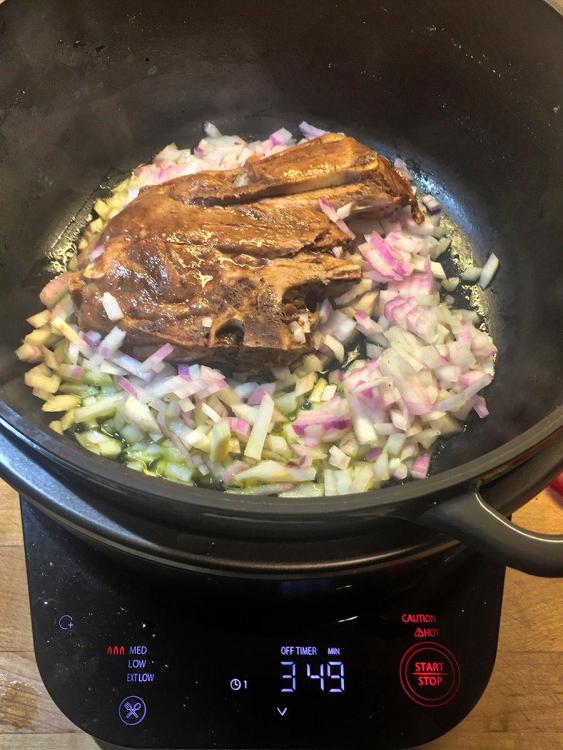
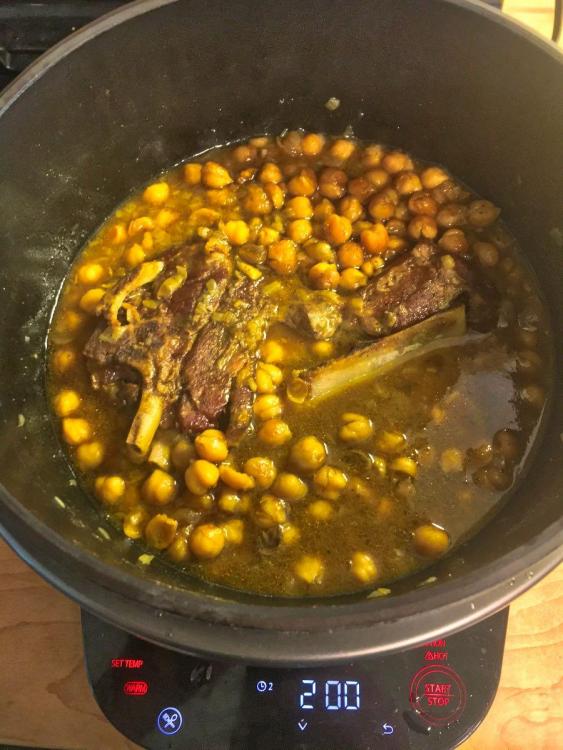


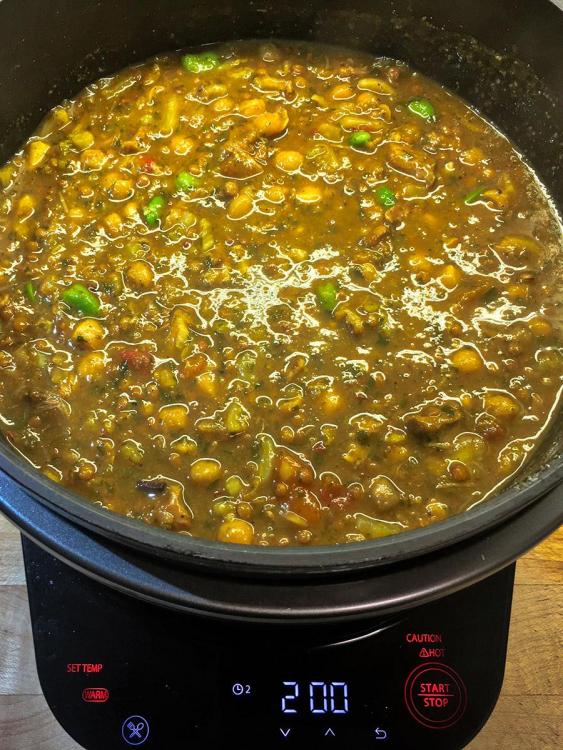
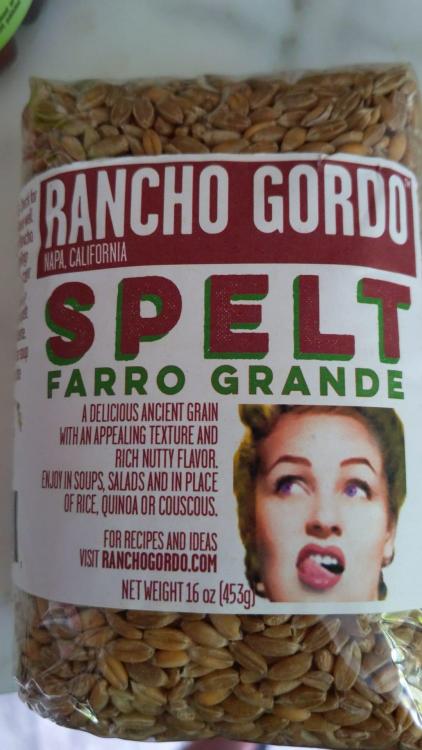
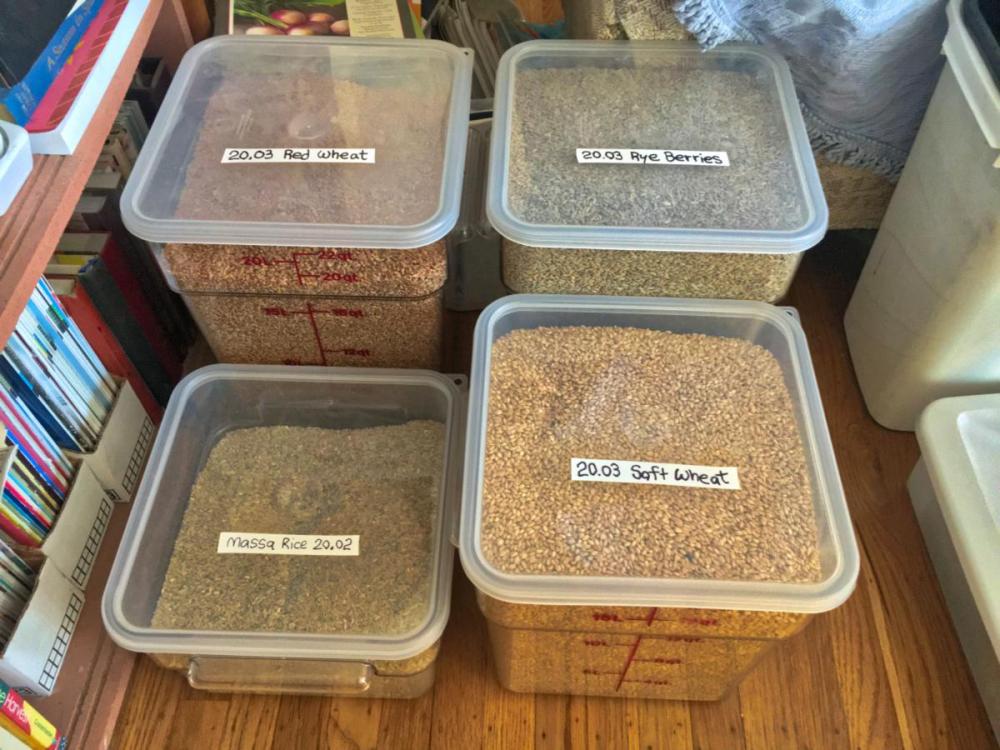
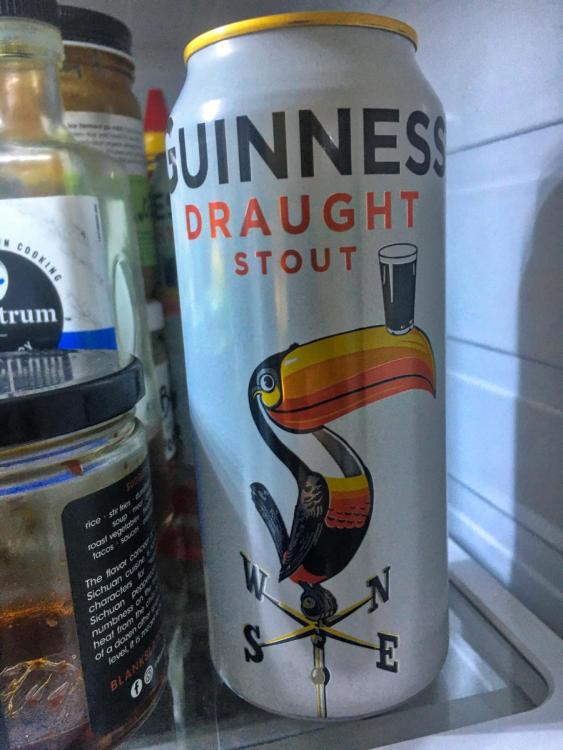
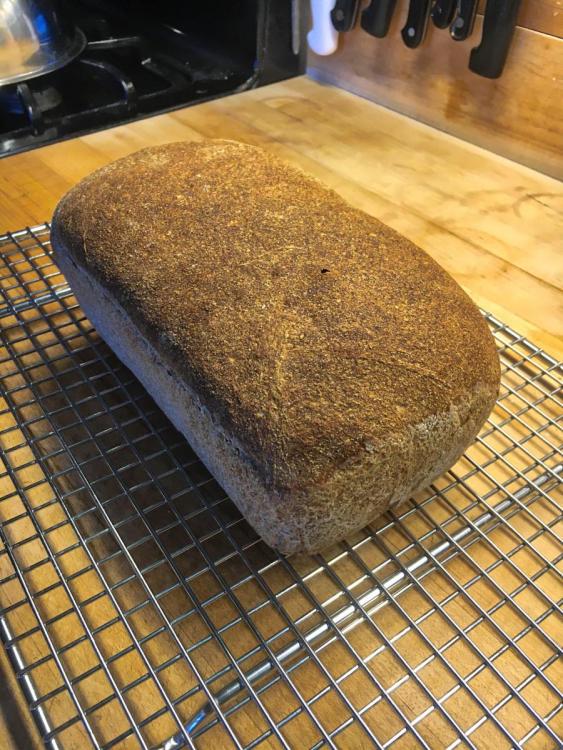
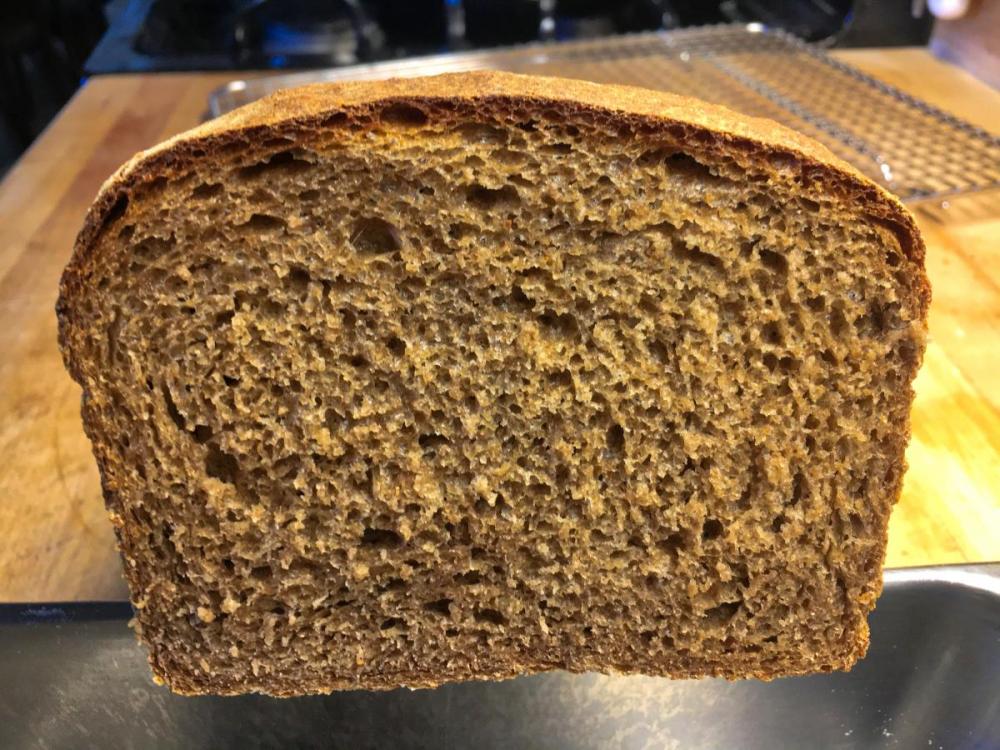
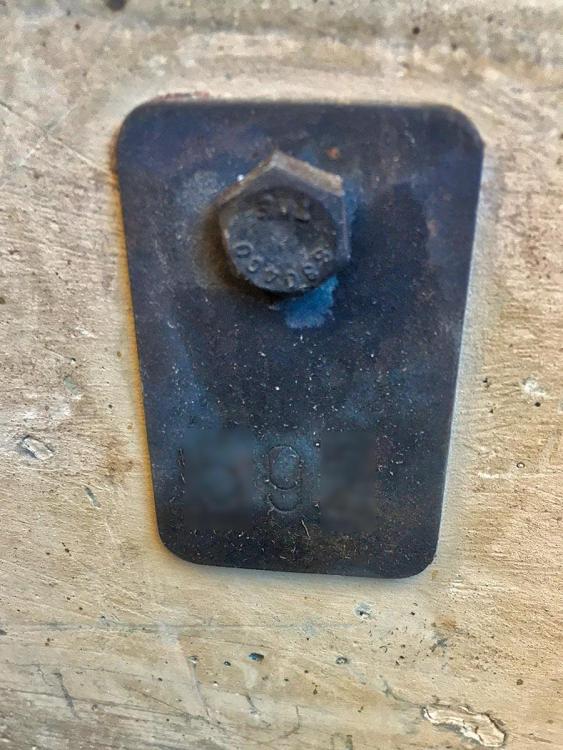
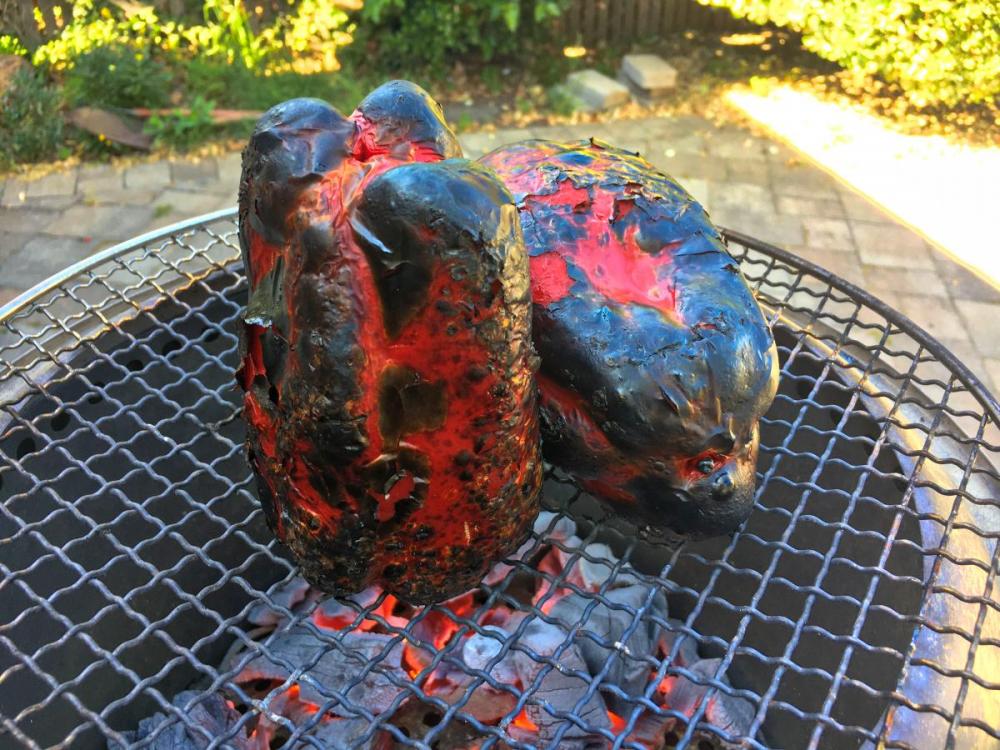
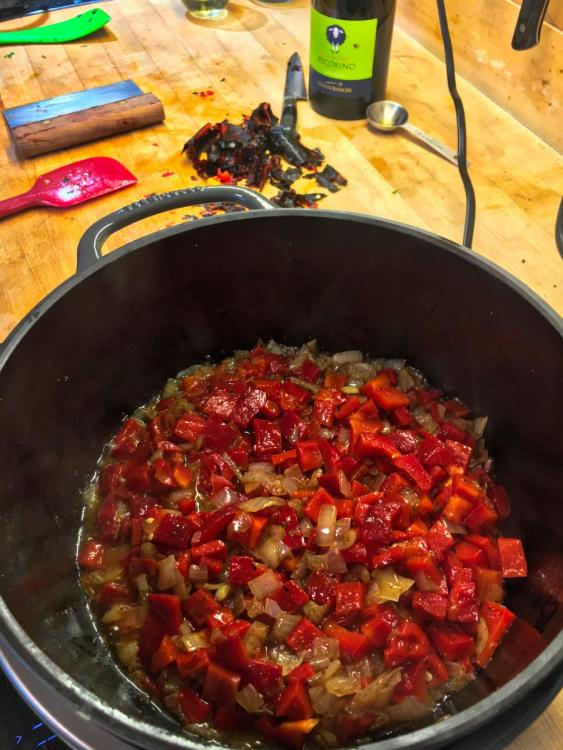

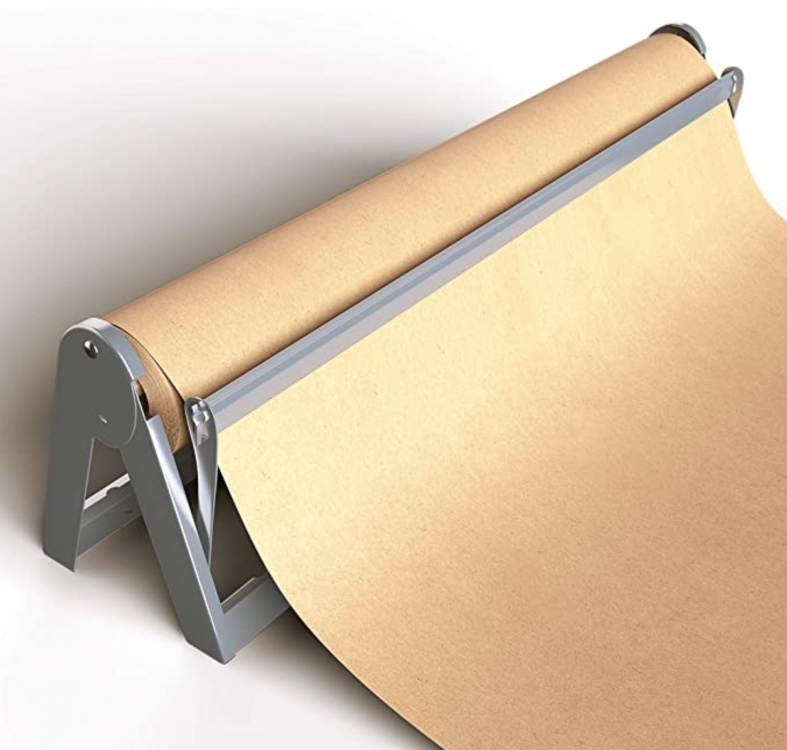

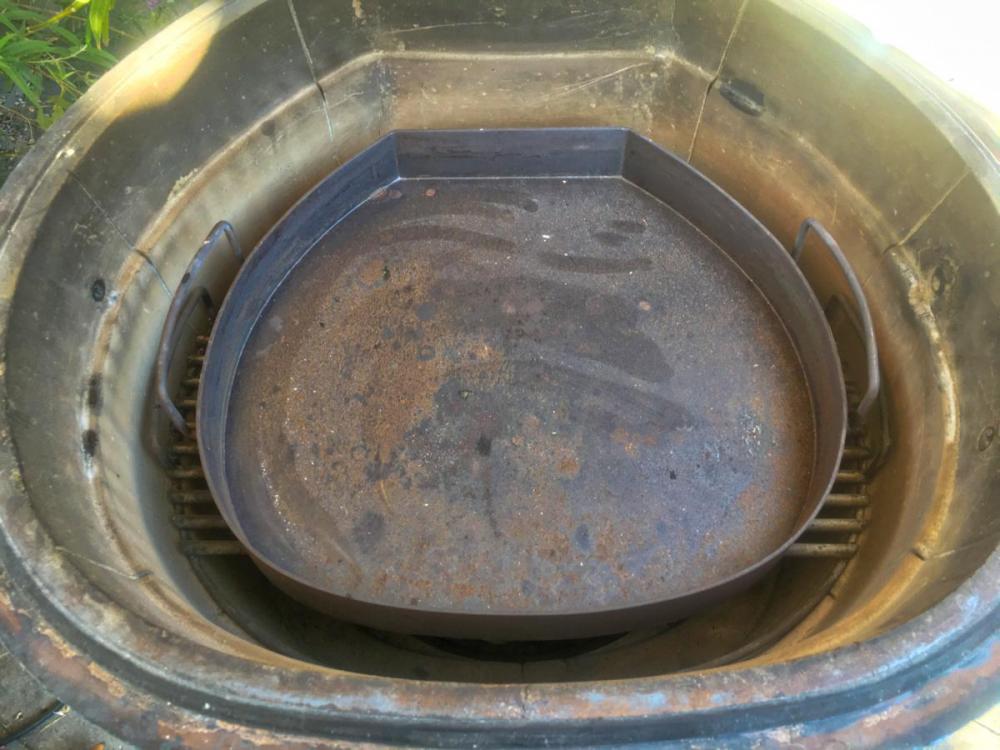
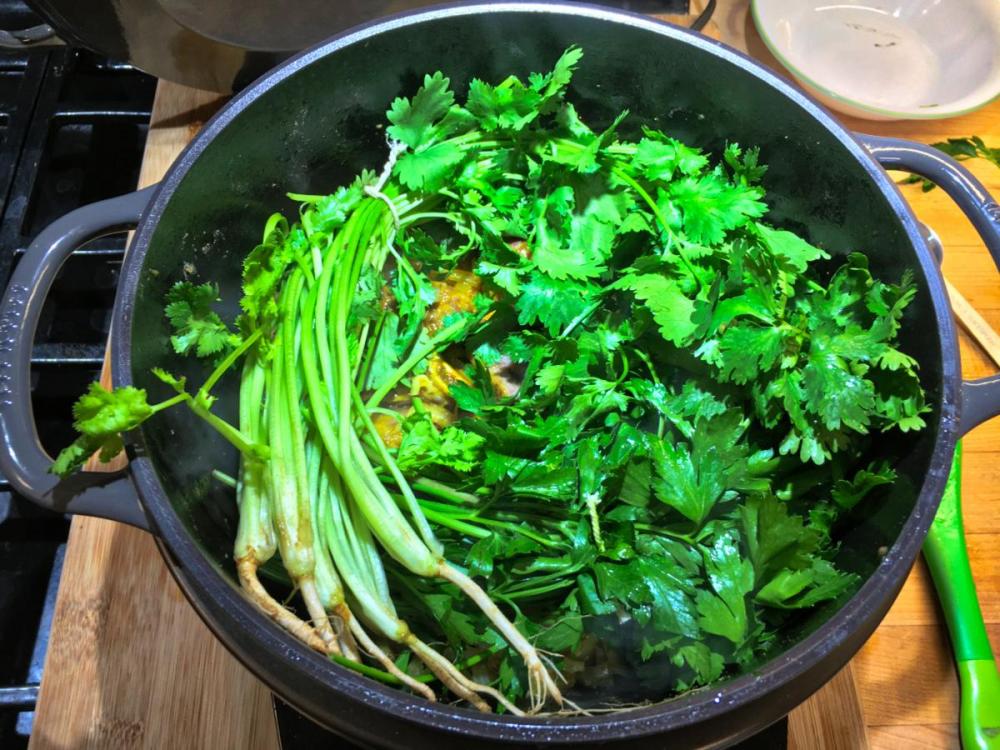
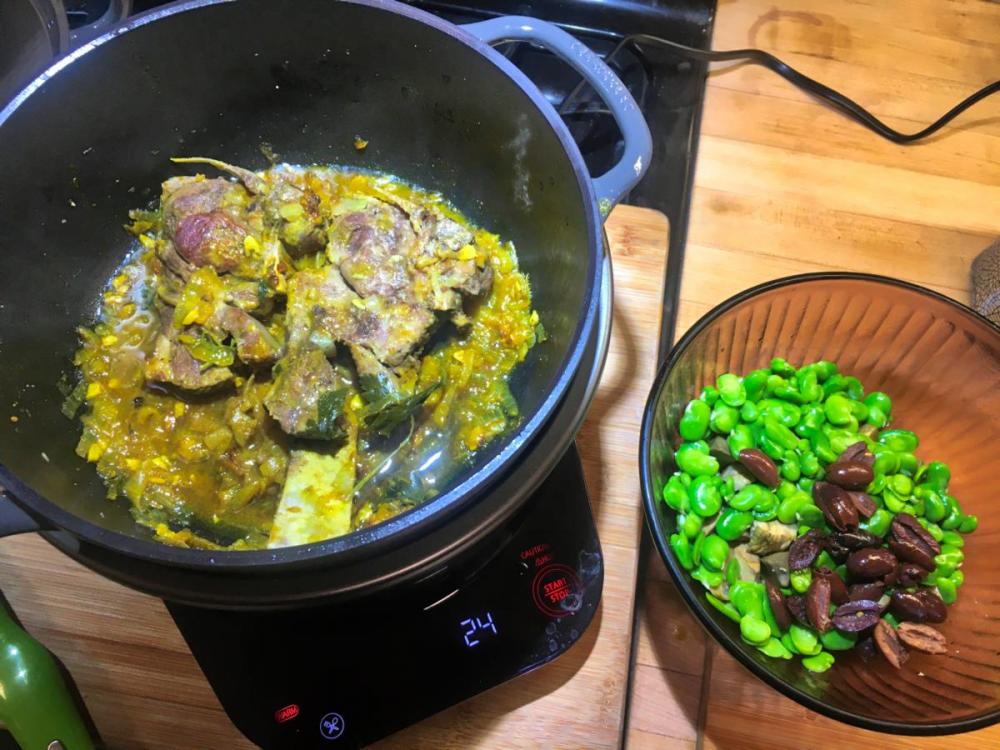
Experimenting with timber/lumber
in KK Cooking
Posted
My wood experiments long ago were too much for me, but they lead me to briefly making my own charcoal, then devising the smoke pot.
It is worth studying how one traditionally makes charcoal. Wood is enclosed in a barrel over a small fire. As the wood heats, it starts off-gassing flammable volatiles through holes in the bottom, facing the fire. They ignite, and the fire is no longer needed. When these flames go out and the barrel cools, one has charcoal inside the barrel.
In contrast, it is very hard to avoid nasty flavors while burning wood in the open. One ideally has two fires, one to prepare logs by initial burning, the second to burn "mature" logs for the actual barbecue. A truly advanced technique is to also use green wood in the barbecue pit itself, but that requires the correct equipment and experience.
I have often wondered about creating chambers heated by natural gas, whose purpose was to heat wood until it off-gases these flammable volatiles. Now pipe this "wood gas" into a conventional oven with conventional controls. For example, Danny Meyers spent a small fortune outfitting the NYC barbecue restaurant Blue Smoke; the approach I'm suggesting would be well within his budget. It could perhaps even save money, as handling the smoke is a tricky part of getting permits for such a restaurant in a major city.
The smoke pot is a more subtle, refined smoke but a definite flavor enhancement. Smoke becomes a spice to balance in harmony with other flavors. Once I showed my wife this choice, it was always barbecue this way or sleep on the couch! I believe that what I propose would work well in a restaurant.